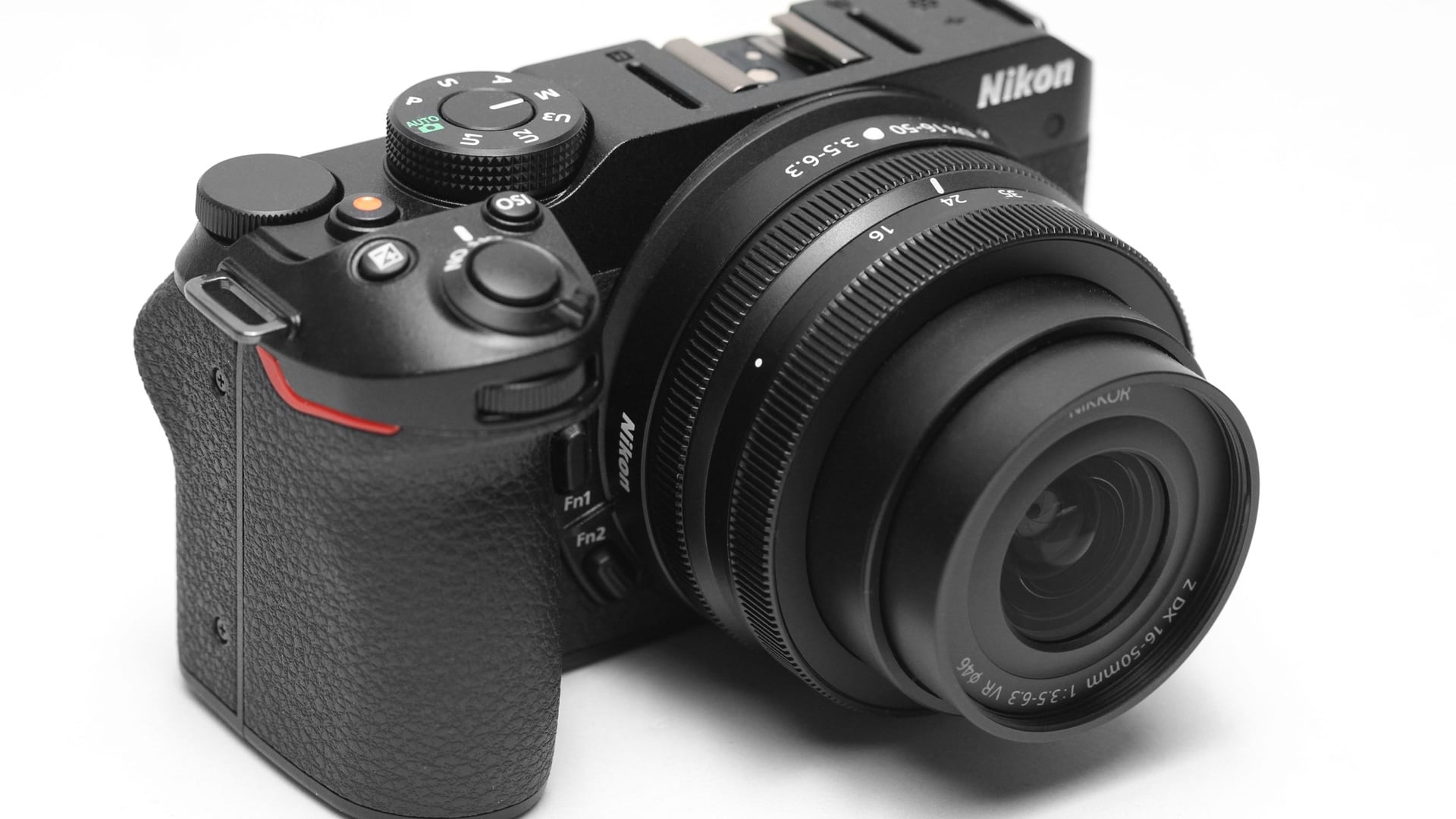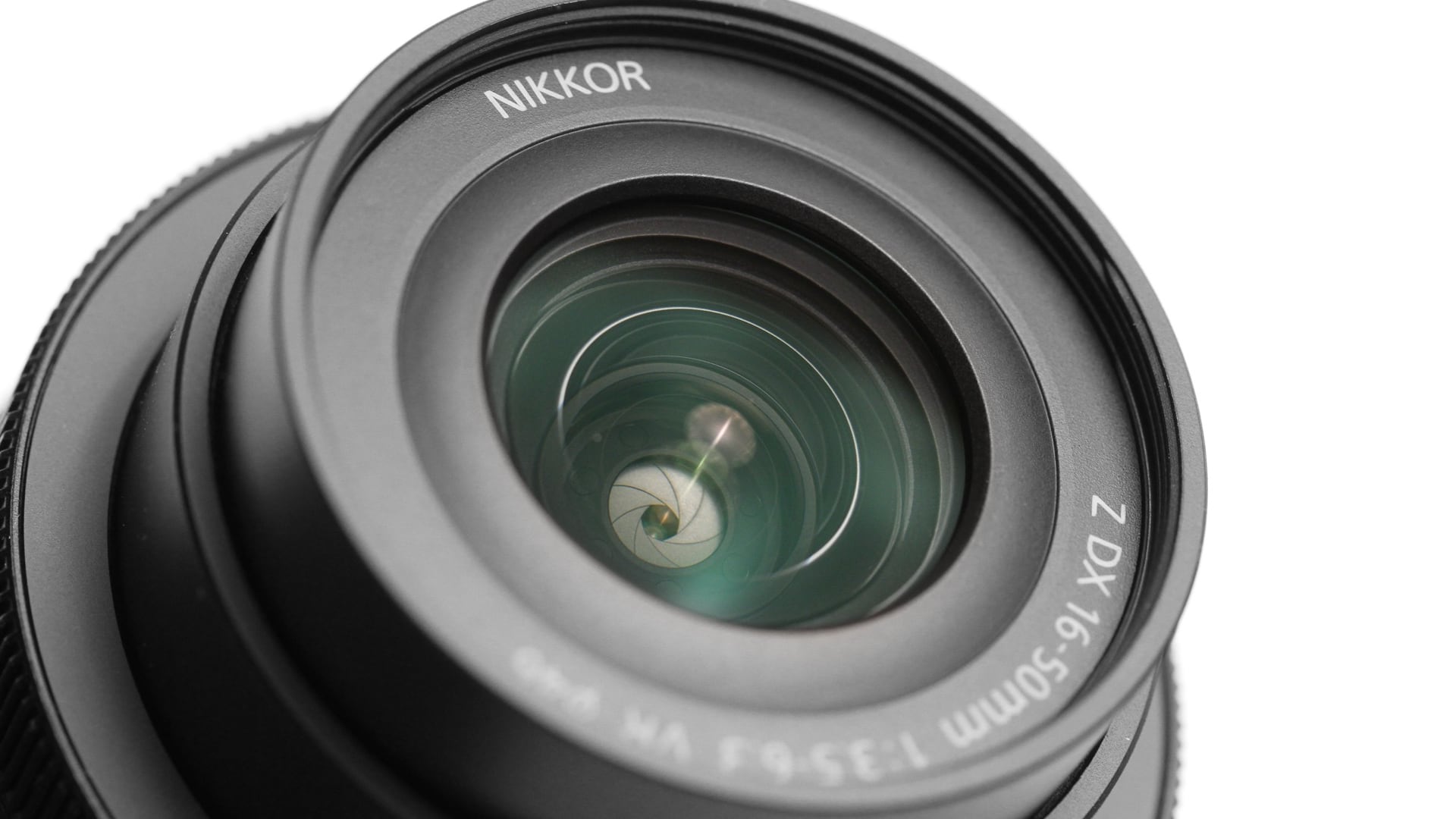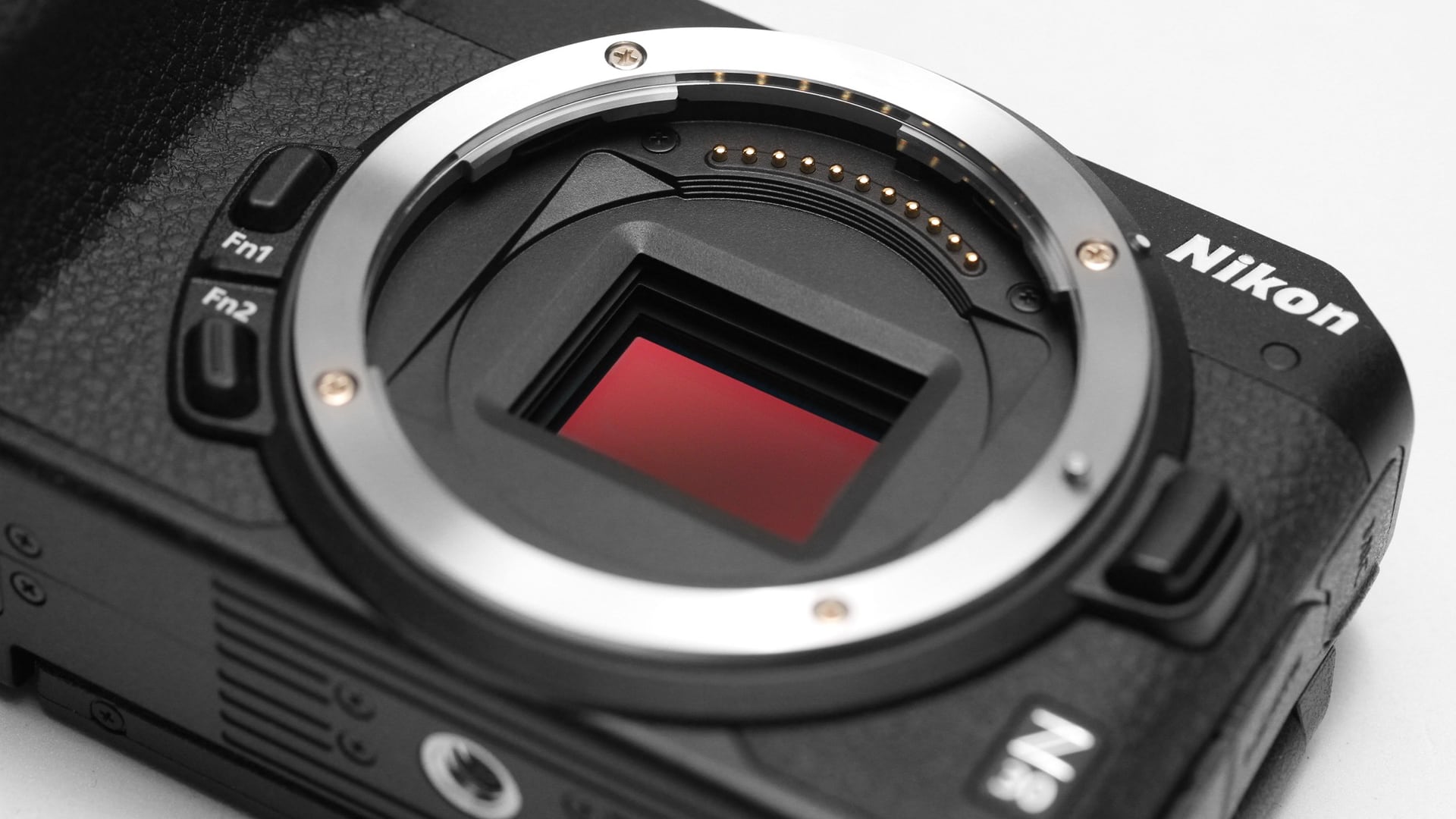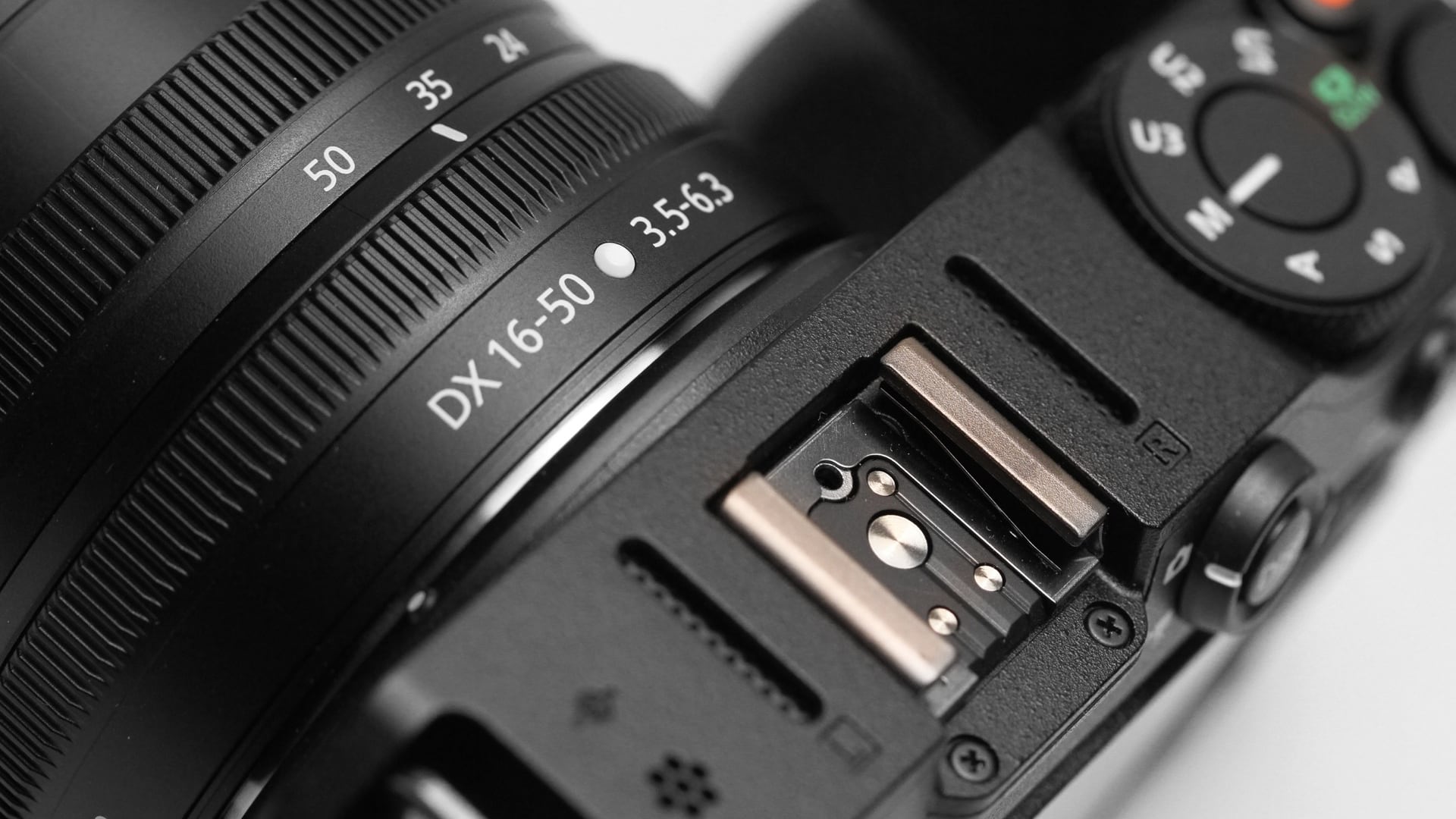
Phil Rhodes test drives the Nikon Z 30 and finds it an excellent option for vloggers that want to step up from smartphone capture.
A few years ago, the idea that an APS-C sensor might work for video blogging would have been seen as adventurous. There’s the focus situation to address, as well as sheer necessity. A lot of modern YouTube comes under the general heading of pieces-to-camera and that’s been shot on ⅔” ENG cameras for decades.
It’s a vote of confidence for YouTube that companies like Nikon, as well as other manufacturers such as Sony with its competing ZV-E10, are able to sell cameras like the Z 30 to social mediators who are outgrowing their cellphones. At around £750 including the DX 16-50mm f/3.5-6.5 zoom, the Z 30 will feel like a significant investment to the majority of its target audience, much as it’s about the same price as the competition. It’s also 25% cheaper than the related Z 50, a saving in exchange for the Z 30’s lack of an eyepiece viewfinder that most vloggers will rarely use.
Respectable, compact and lightweight

The business end of the supplied wide zoom. Likely users would call it a blogger’s lens, although they might notice it’s actually less wide than many phones.
Happily, the Z 30 doesn’t sacrifice much in its pursuit of YouTube stardom. It’s still a respectable, compact and lightweight stills camera, with a two-dial control system and Nikon’s wide, shallow Z mount. Compatible with a wide range of lenses from the company’s mirrorless range. Many of them will dwarf the Z 30, but they’ll work, as will adaptors to almost anything else (mechanically speaking) given the Z mount’s vanishingly slim 16mm flange focus distance.

Nikon Z is a wide, shallow mount, and the Z 30 will take a huge range of lenses which completely dwarf the camera
It’s the same sensor as the Z 50, a modern back-illuminated design. With nearly 21 megapixels on APS-C there’s a reasonable compromise between resolution and dynamic range. ISO numbers go up to 25,600 in video mode and 51,200 for stills (without going into the E-for-extended ranges), and while it’s hard to objectively describe noise, the 3200 looks reasonably clean for documentary work. It’s certainly vastly, vastly quieter than any cellphone under similar conditions, which is sort of the point. At some point, silicon acreage wins out, which is a large part of the reason this camera exists.
What makes that sensor usable is autofocus, and the company’s materials suggest a lot of attention has been paid to face-detect features. In use it’s very solid, appearing to pick an eye rather than a whole face and dealing well with intermittent occlusions of that target. Lacking a face, the yellow box hunts actively for something to lock on to, which gives it an air of eagerness. It’ll let you steer the focus point between various targets with the directional pad. Overall, the autofocus seems pretty competent, at least on this lens.
Conveniences include a display that’ll flip around for self-shooting, and it moves to the side, not to the bottom. That means an extra rotating joint, but it ensures usability on a tripod in self-shooting mode. There’s a stereo mic on top, with one microphone either side of the hot shoe. It’s hard to objectively rate mic performance. It’s certainly at least reasonable, although serious online auteurs will want a lavalier anyway.

Stereo mics feature either side of the hot shoe
The Z 30 lacks a couple of features that might make it more suitable for single camera situations. There’s no true log mode, just what Nikon describes as “flat,” and connectivity is limited to HDMI and a simple mic input. Like a lot of modern electronics it’s USB charging, and no mains power supply is included. That’s OK - that’s why we standardised on USB-C for power - but there’s it’s worth putting out a public warning that getting good USB power supplies is surprisingly hard. It’s hard to tell suppliers who’re charging a lot because it’s well-made and those who’re charging a lot because that makes it seem well-made. USB power supplies are one of the last pieces of technology that are worth buying in person, over the counter, from a reputable retailer.
Hard to dislike
But that’s not Nikon’s problem, and overall the Z 30 is hard to dislike. Though it’s small, the deep handgrip makes operating easy, even for oversized individuals such as your 6’3” narrator. The viewfinder, in stills mode, runs at high frame rate and feels very immediate, and while lower frame rates in video mode naturally introduce a degree of lag it’s as well-controlled as it could be. The Z 30 avoids the half-hour recording limit of the Z 50, which is counterintuitive; one would expect more flexibility from the higher model number. Movie reactions are exactly the sort of thing this camera was built to shoot, and represent a rare instance where running for hours is potentially useful.
YouTube people might consider the 16mm minimum focal length of the kit lens to still be a bit lacking in field of view, especially if the electronic stabilisation is in use, which crops a little from the edges. Much as 16mm is naturally wide lens on this sensor, many modern cellphones are wider (the surprise is how this ever became popular for what are inevitably lots of facial closeups). Nikon’s Z lenses, designed for its mirrorless cameras, theoretically go down to 12mm at which point objects in alternate dimensions are likely to sneak into the edges of frame.It’ll focus pretty close; the minimum object distance is only about eight inches.
A big camera in miniature
In the end, the Z 30 feels agreeably like a miniaturised big camera, rather than a warmed-up small one. Professional photographers will scowl at the viewfinder, even though the LCD is really pretty good. On the downside, it won’t shoot 120 frames at more than HD resolution, the maximum at 4K is 30, and there are no clever recording options for anyone hoping to ape the big screen.
Otherwise, it’s small, handy, and well made, though the price tag is not unadjacent to a competitor or two, or to the better end of cellphones. It’s got an absolute slab of silicon in the front compared to a cellphone, though, and that’s likely to mean it does much better in real terms. If that’s the battle we’re likely to see fought over the next few years, the Nikon Z 30 is a powerful salvo in favour of devices that do one thing well.
Tags: Production


Comments